The Story Behind Burton’s One-of-a-Kind Snowboard Mounting System: The Channel
Setting up a new snowboard has always been a beloved ritual for every snowboarder, but that ritual changed forever in 2005 when Burton began development of The Channel™. What was once a six-screw process with Burton’s previous 3D® mounting system became a streamlined connection featuring the simplicity of two slots. Suddenly riders had the ability to easily mount their bindings with virtually unlimited stance options, all in a system compatible with nearly every binding in the shop.
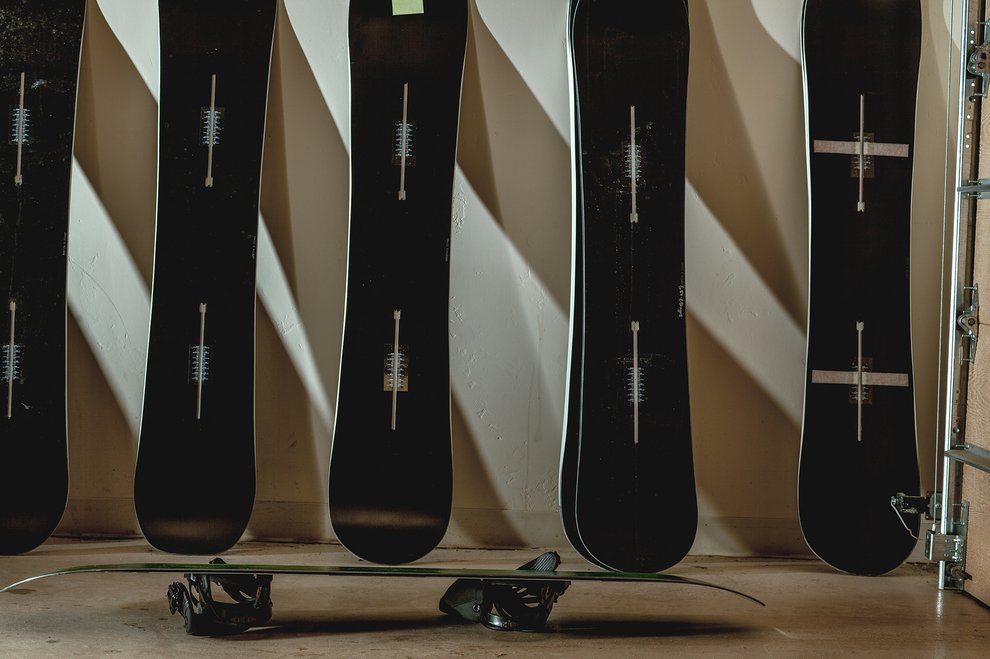
“The Channel is not something new. We’ve been working on The Channel at Burton since 2005,” says Chris Fidler, Burton’s Director of Product Management for Hardgoods. “A lot of this just stemmed from looking at ways to make mounting your bindings easier and more adjustable.”
Since the dawn of hi-backs, old school setup involved positioning bindings above predetermined screw patterns and carefully tightening down screws evenly to secure the bindings. The problem was twofold — for one, you were stuck with the stance options baked into the board, and two, shifting the bindings around after heading for the hill meant either retreating inside to a warm location or suffering on the side of the trail while tediously loosening and tightening all six screws. You were lucky if your buddies waited up.

The Channel changed all of that, allowing us to ditch the pre-existing standard by evolving the snowboard’s mounting system to the simplicity of two slots – one for each binding. Mounting each binding to the slotted system required only two screws, but the biggest innovation was that each binding could be fine-tuned for stance width, angle, centering and setback (with virtually unlimited tweakability) before tightening them into place. This allowed riders to achieve the perfect stance, and cut setup time in half.

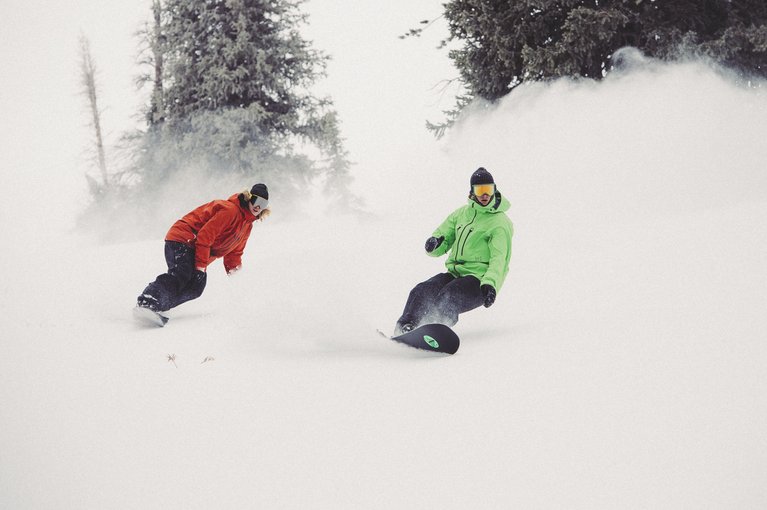
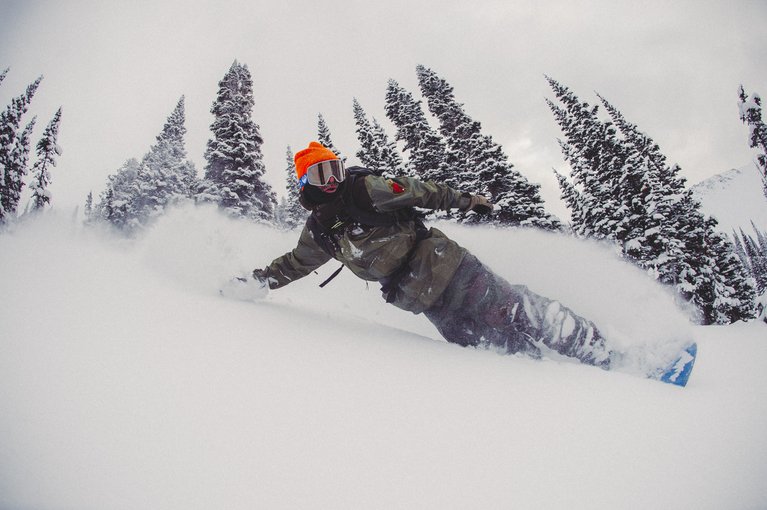
“It was just awesome because you could change it up,” explains Burton team rider Marko Grilc. “It just didn’t limit you at all to what type of riding you were up to and that freedom changed snowboarding for me.”
For quiver killers like Grilo, The Channel allowed rapid-fire transitions between multiple boards. For intermediate riders, the system enabled quick and easy on-the-fly adjustment, and getting super picky with your stance – down to the smallest fractions of an inch. For beginners, and really all riders, the best benefit became the ability to figure out the ideal stance on the carpet at home or in the shop before heading to the hill.
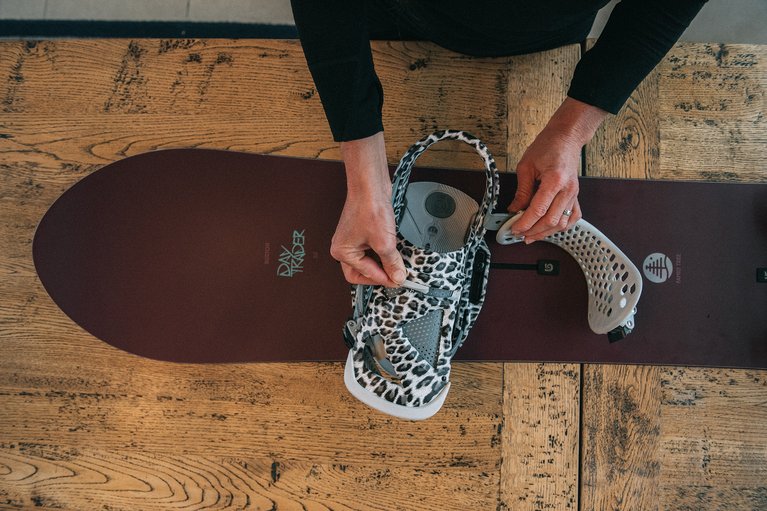
Technologically, the breakthrough in stance technology is rooted in two integrated slots that run parallel to the edges. Aircraft-grade aluminum provides retention twice as strong as the industry standard, rendering the three-year warranty on all boards featuring The Channel little more than a formality.

“It’s an extruded aircraft-grade aluminum that’s been developed to maintain the flex of the board and give our team the strength they demand,” says Burton Rapid Prototype Engineer, Chris Doyle. “It saves on weight. and lets you mount your bindings anywhere you want on the board.”
The other big step forward is that, when paired with EST bindings, The Channel eliminates the dead spots traditional binding baseplates create underfoot. With no stiff baseplates, the board flexes more naturally and provides a more predictable ride, increasing board feel and cushioning. Also, by eliminating the need for mandatory core heights required for traditional inserts, Burton’s engineers are able to experiment with variable core thickness profiles, leading to innovations like Squeezebox and Filet-O-Flex.
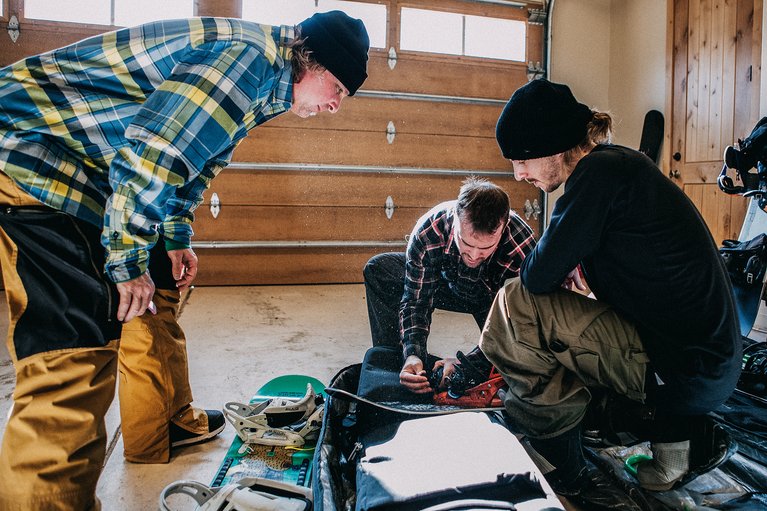
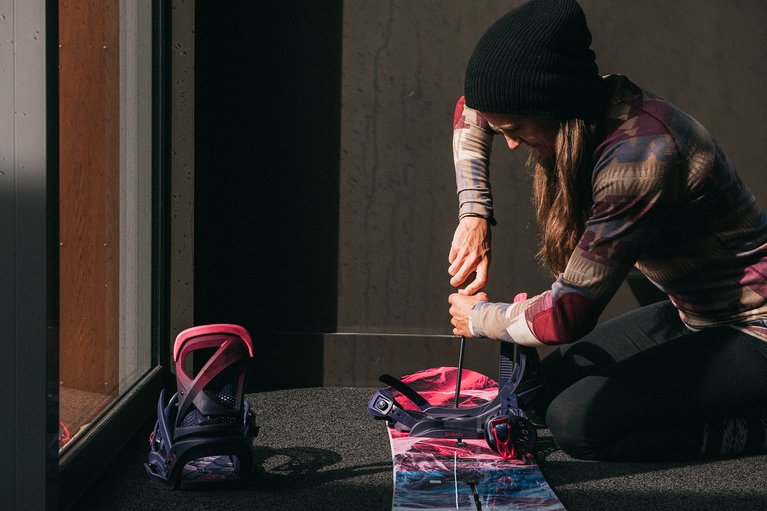
Nearly every snowboard in the Burton line now features The Channel due to its technological prowess, universal compatibility and basic ease of use. The bottom line is that it provides you with ultimate control of your stance, reduces the hassles of setup and enables a more naturally flexing feel — with no sacrifice in strength or durability. The only question now is, what are you riding? ∆